Wild garlic (also known as bear leek, bear’s garlic, ramsons or even wood garlic) is one of my favourite wild herbs. Find out how to turn it into a delicious vegan pesto below.
Shopping in nature
There's something super satisfying about taking a stroll through the woods on a sunny spring afternoon, stumbling across a patch of wild garlic and taking some home. Sounds idyllic right? It took me two years of trying before I was actually able to find the patch of wild garlic. And, it was just a short walk from my house! It's particularly shocking when you consider that I'd been given some very detailed instructions about how to find it. I really should have just followed my nose.
Wild garlic is a plant native to Britain that often grows in shady spots of woodland. You may know it by one of its other names (like ramsons). But, you can't get a better description for it than "wild garlic". It's easiest to spot from April until June when it has delicate star shaped flowers. The flowers are beautiful and can be added to salads for a mild garlic flavour.
But, it's the leaves that you will want to grab handfuls of to bring home. The leaves are versatile. Wild garlic pesto is one of the most popular dishes to make but you can add the leaves to scones, stir fries and salads too. They wilt like spinach when cooked but giving off a wonderful garlic flavour.
Forage responsibly
When foraging any wild fruit, herbs or other plants you should be mindful not to pick too much. If you find just a small patch of wild garlic the first time you go looking, only take a few handfuls. The good thing is wild garlic grows quite prolifically so within a few years that small patch is likely to become a blanket across the woodland floor.
It can be tempting to pick more than you are intending on eating (especially as wild garlic can be preserved quite well by freezing it in oil). But, if you do this there won't be much left for other foragers or natural wildlife to enjoy.
I try to pick the bare minimum possible and if I find I want more in the following days or weeks I use it as a good excuse to go for a nice walk. I also think picking a small amount, and only enjoying it in the few weeks of the year that its readily available, is a nice way of celebrating seasonal produce. When the first wild garlic begins to grow I get super excited as I've waited a whole year to enjoy it!
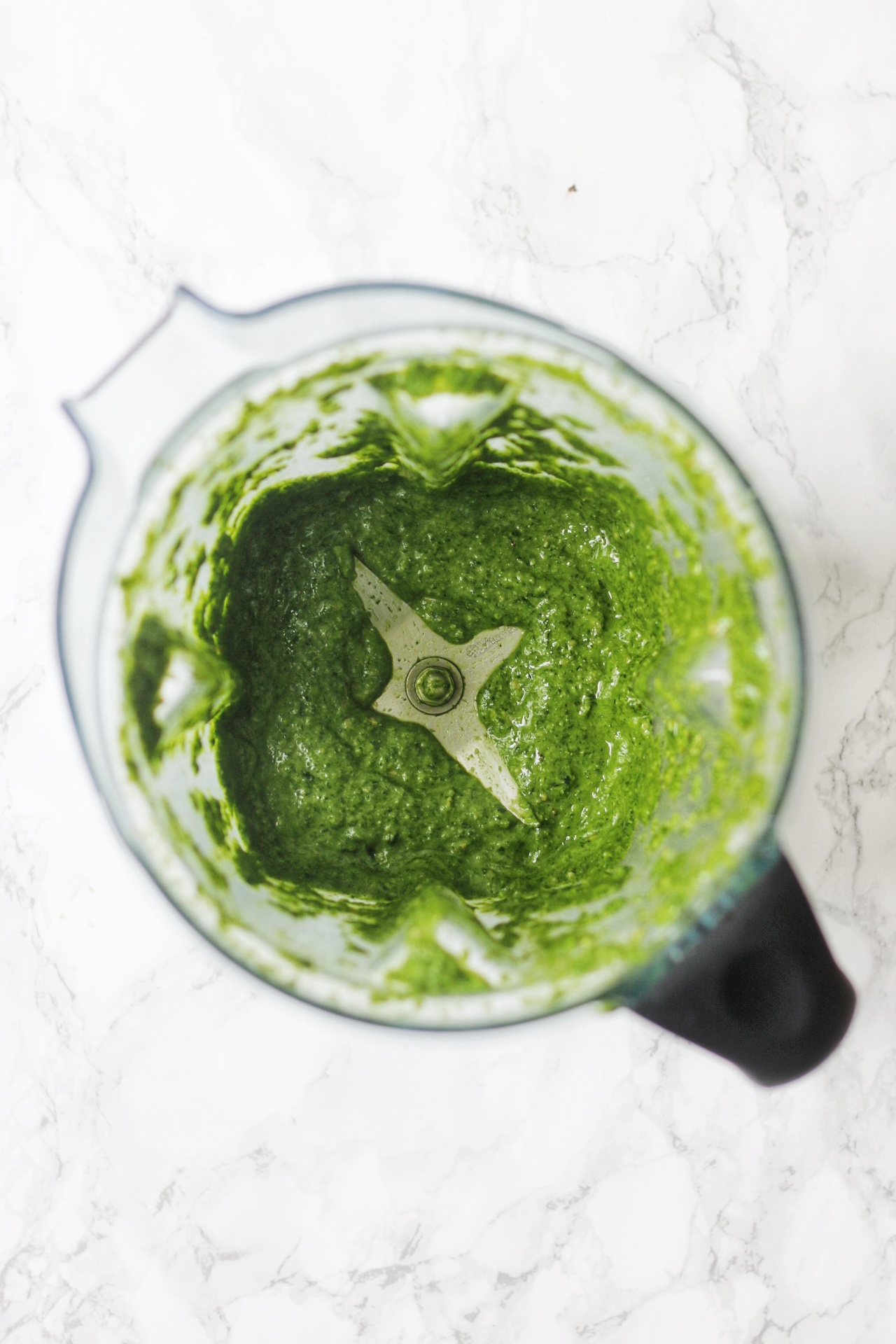
Plant based pesto
So hopefully by now you've worked out that for this pesto recipe I've swapped basil with wild garlic. But this pesto is also vegan which means you won't find any parmesan in here! Can you guess what's I've replaced the cheese with?) In fact, other than lemon the ingredients for this pesto aren't very traditional at all. But, do not fear, it's still delicious and is one of my favourite pesto recipes. During wild garlic season there will always be a jar of this in my fridge. Nuts/seeds and nutritional yeast are store cupboard staples for most vegans so this should be easy to whizz up in no time. Talking of "whizzing" it up: I use my Vitamix to get this to a nice smooth consistency. If you don't have a blender you can always make this the old fashioned way in a pestle and mortar. It will take a little longer but you will get a great arm workout in the process!
Top tip: if you can't get hold of wild garlic it makes a great traditional vegan pesto if you use basil. Enjoy!
The recipe
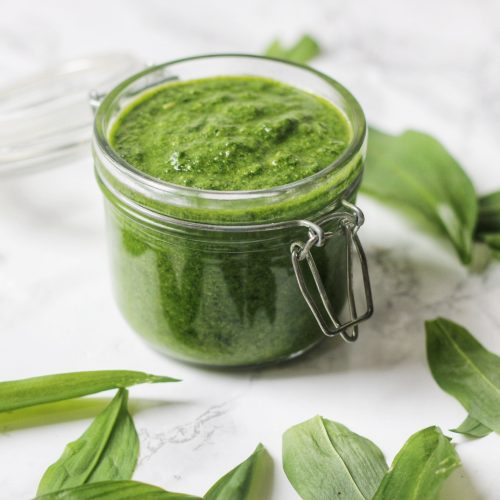
Vegan Wild Garlic Pesto
Ingredients
- 100 grams wild garlic leaves only
- 65 grams sunflower seeds or other nuts / seeds of your choice
- 1 lemon zest and juice
- 4 tablespoon nutritional yeast
- 1 pinch salt
- black pepper to taste
- 125 millilitres olive oil or other lightly flavoured oil of your choice
Instructions
- Place all of the ingredients into your blender and blitz for 5 minutes or until you have a smooth consistency.
- If you do not own a blender, crush all of the ingredients (except the oil) in a pestle and mortar. Once a thick paste has begun to form, slowly add in the oil and keep mixing until you have a smooth consistency.
More foraged recipes
These recipes are all made with ingredients you can forage.
The foraging archives

For the full range of recipes that can be made with picked from nature, check out the foraged food archives.

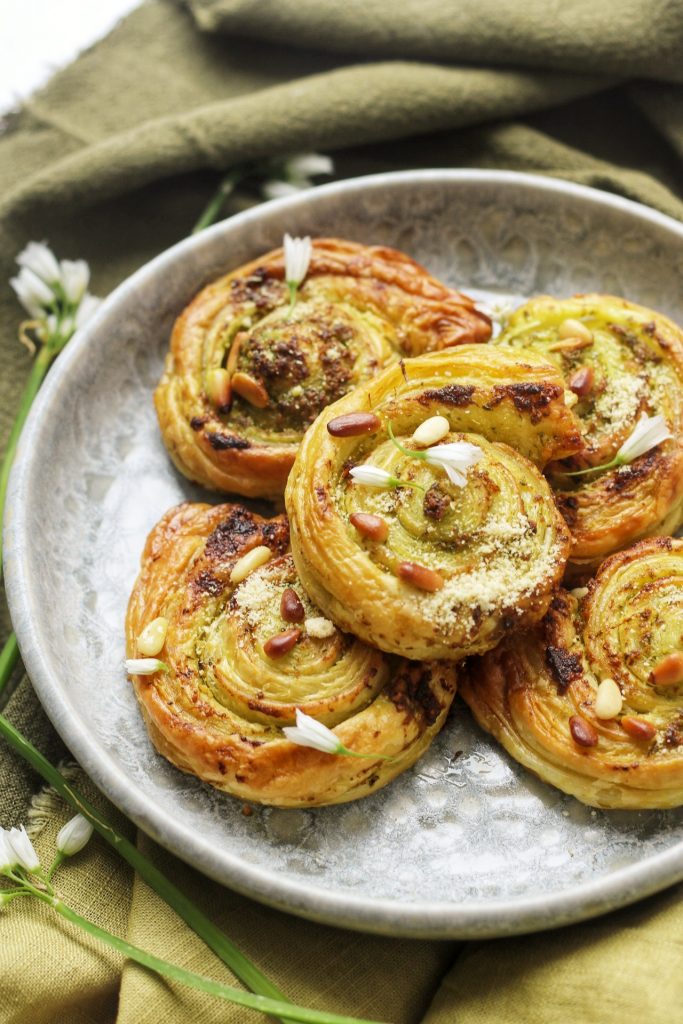
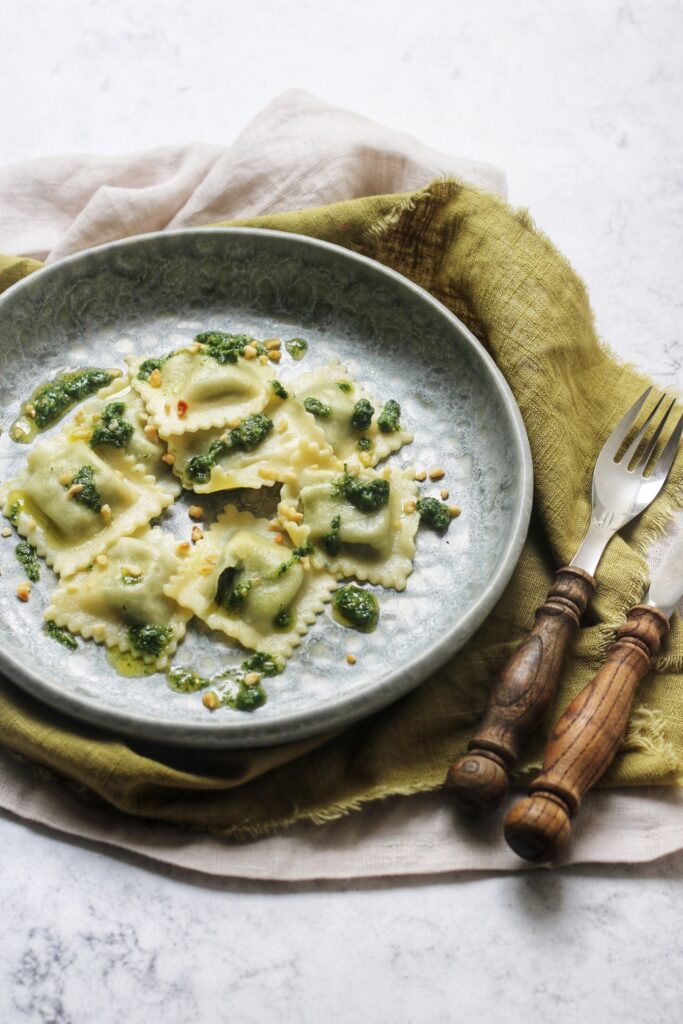
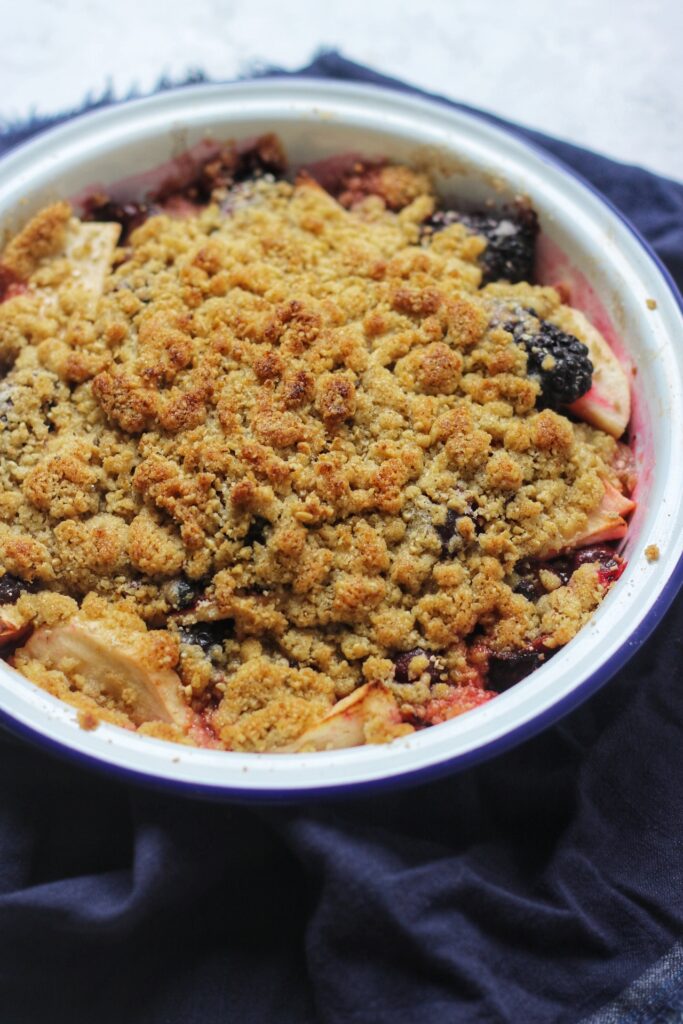

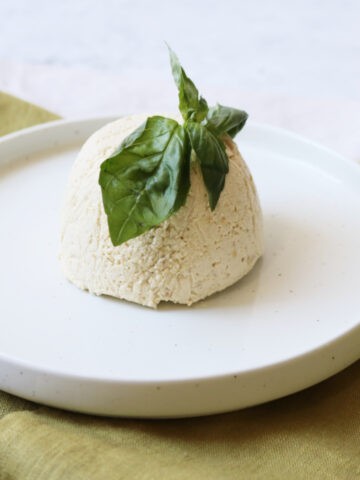
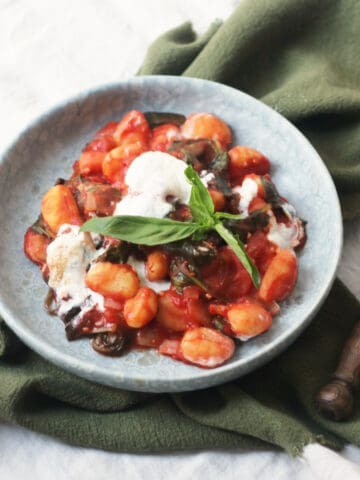
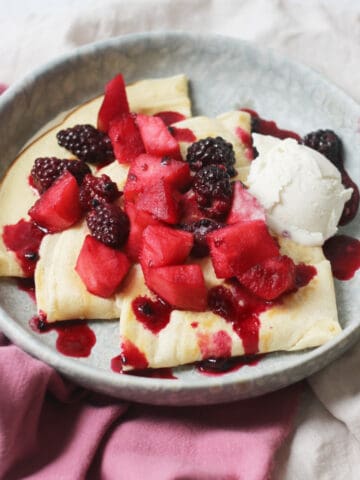

Leave a Reply